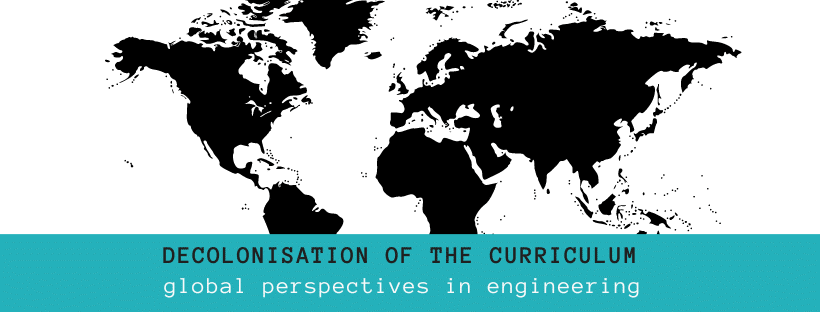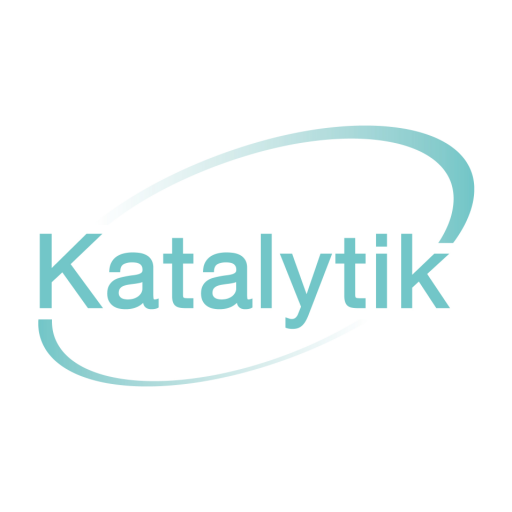
Do we need to use big words?
My first clear interaction with decolonisation of the curriculum was at an Open University conference in early 2014. Fireworks went off and I was left speechless at the hard facts of how flawed our meritocratic education and research system is. Another nail in the coffin of meritocracy. And in science and engineering too. The bastion of logic, facts, and evidence. The double underline came with the UCL lecture and then student-led campaign “Why isn’t my professor black?. And yet. And yet. When I began to write a funding application to explore this in greater depth and provide resources, the most startling response was, “Sorry, it’s just too political”. And still today many cannot past trying to understand what decolonisation means. It seems the word itself is problematic.
.
It’s time to do something
Being stunned is not an excuse for inaction, but it made me realise, while putting the programme together for the UCL Centre for Engineering Education symposium on inclusion in engineering (2016), that there was a need for caution around language. Now some may say, this is pandering to the masses. My view was that it was translating what was needed into accessible and digestible words for the majority. How could we thread examples, profiles, and stories into engineering so that each student could connect and relate to the content? And so it came to be that the report, Designing inclusive engineering education, is pragmatic and neutral.
Many words and papers have now been written on decolonisation, and if you aren’t sure where to start, start with How the West was Won by Stephen Eichhorn (2019). And yet still tutors, lecturers, and academics ask me “what does decolonisation mean?” (in 2022). It seems that decolonisation means different things to different people. And in part, this can be subject related. So your state of confusion isn’t yours alone. Not only does the perspective vary by discipline, but by your geographic location – the global North or South or even the Global East or West.
Don’t be a scaredy cat.
One of the obvious problems that perpetuates inaction is fear. Fear deep set within the psyche of academics and teaching staff that their students are more widely read, have greater confidence, and are more articulate, in expressing ideas with examples to illustrate their points, about how science and engineering are white.
As a tutor, your primary reason or need to take action is the awarding gap. Ensuring each student achieves their potential. The data of our collective failures has been locked up in the HESA data for decades. My first foray into this was the 2004 Royal Society Report for the Race for Equality conference Revisiting this with Sean McWhinnie of Oxford Research and Policy, for the UCL HE STEM, Set to Lead project, and again in 2015, it was clear that ethnic minority students had worse outcomes at university than their white peers with equivalent qualifications.
Each and every student must have the same opportunity within their education and training and after, in being appointed to the jobs they are deserving of. The question is how to enable them to feel included, respected, and valued as part of that community. What can be done?
Here I offer 5 steps for action.
Five steps to inclusion
Step 1 Debate to discussion
Move away from the idea that there is a debate here. As you have heard me say before, debate is rarely a useful tool, without careful deployment, in and around diversity and inclusion. To achieve this, adopt a position of humble enquiry. Assume your students or colleagues know more than you and explore with all your mite. Ask questions, Try, “Tell me I’m curious…” “I wonder what… “ “ Tell me what you think about….”. And then probe further by asking “Tell me more” and listen with all your attention. Stay focused on the words, the content, the context, and what is not being said. What do they really mean?
Step 2 Invite your students to help you learn
Park your fear of not knowing what to say or of getting it wrong and invite your students to help you learn. Use your biggest potential antagonists to help improve your lecture, activities, or projects. Student co-designers have made a big difference, for example at Sheffield and York Universities, students help explore what an inclusive curriculum looks like in specific STEM contexts.
Step 3 Notice the imagery you use
Updating your slide decks, starting with a critical eye on the images, the stories behind theorems, equations, and personalities, can kick-start the process for you. Take time to include histories or the subject and the roots, and don’t limit this to a UK or Eurocentric history. You could even crowdsource more examples, and switch them around to keep your slide decks fresh. Professor David K Smith of York Chemistry has shared his approach in this Twitter thread.
Step 4 Check your organizational artifacts
Ensuring you have a good mix of engineers reflected in your corridors, your slides, on seminar programmes, and as guest speakers, reinforces (and extends) your personal network and can quite simply contribute to changing the face of engineering.
Step 5 Check in with your cultural sensitivity
Get yourself up to speed on global cultural variations, highlighted in models such as the Lewis Model (circa 1996), Trompenaar’s cultural dimensions, or Rosinksi’s cultural orientations framework – and reflect on ways you can consider different cultural orientations within a learning environment. What adaptations can you do to take your own cultural orientation to appreciate that of your varied and diverse students? And helping your students do this will prepare them for their working life in the global engineering profession. Another tick for your AHEP progress.
